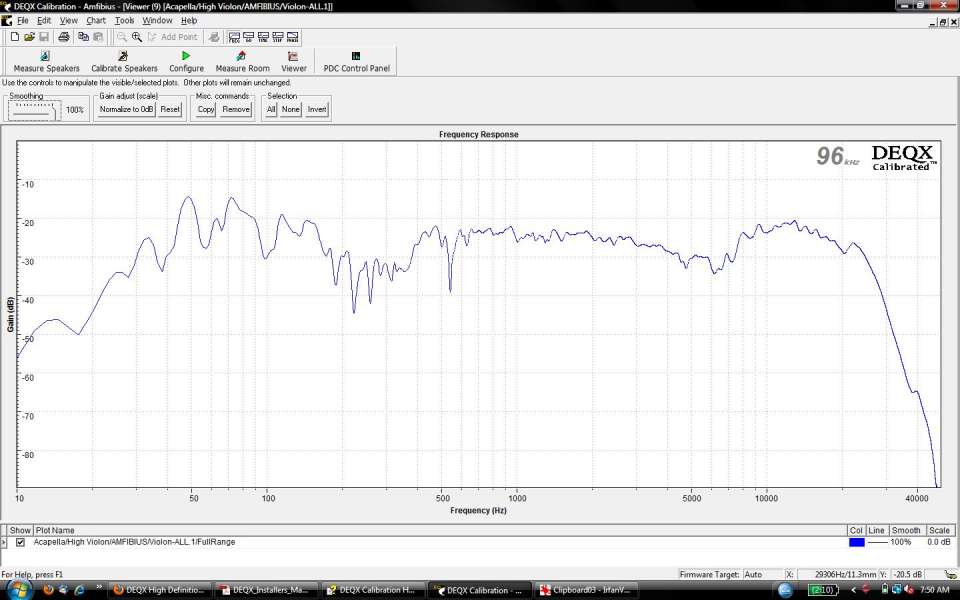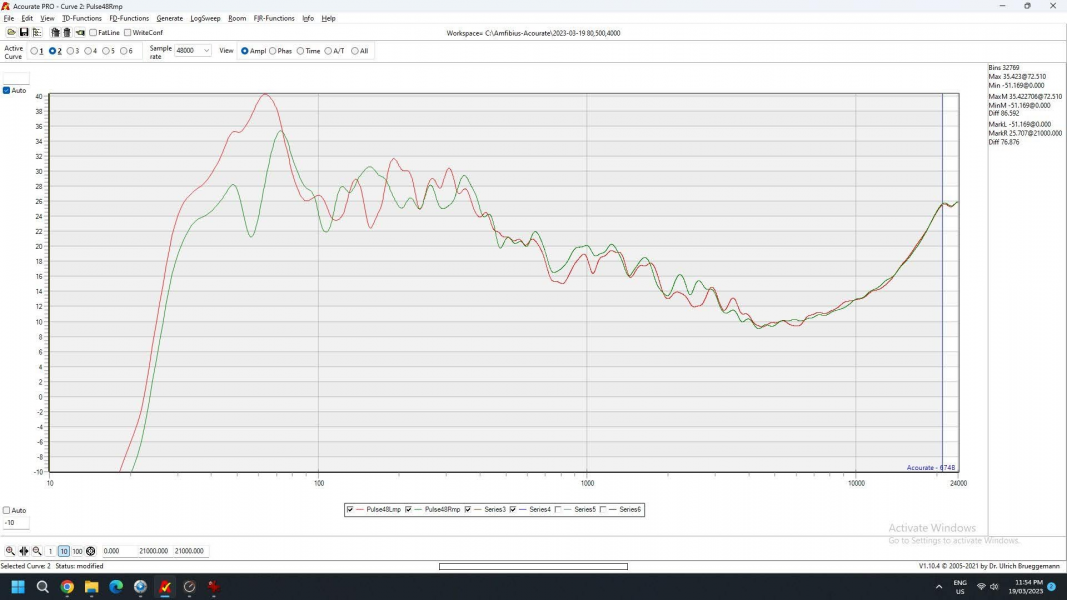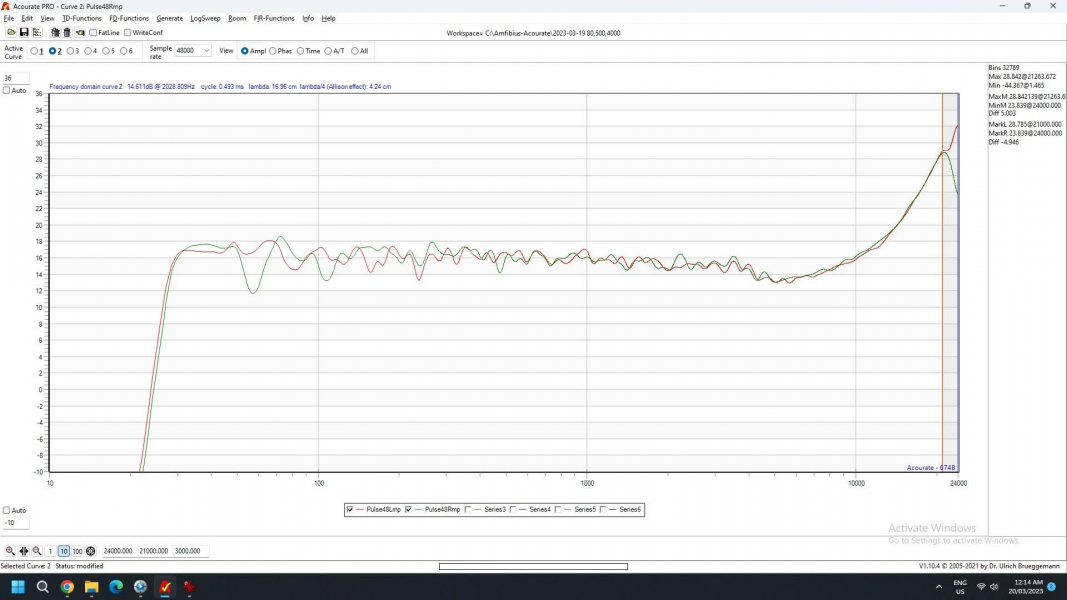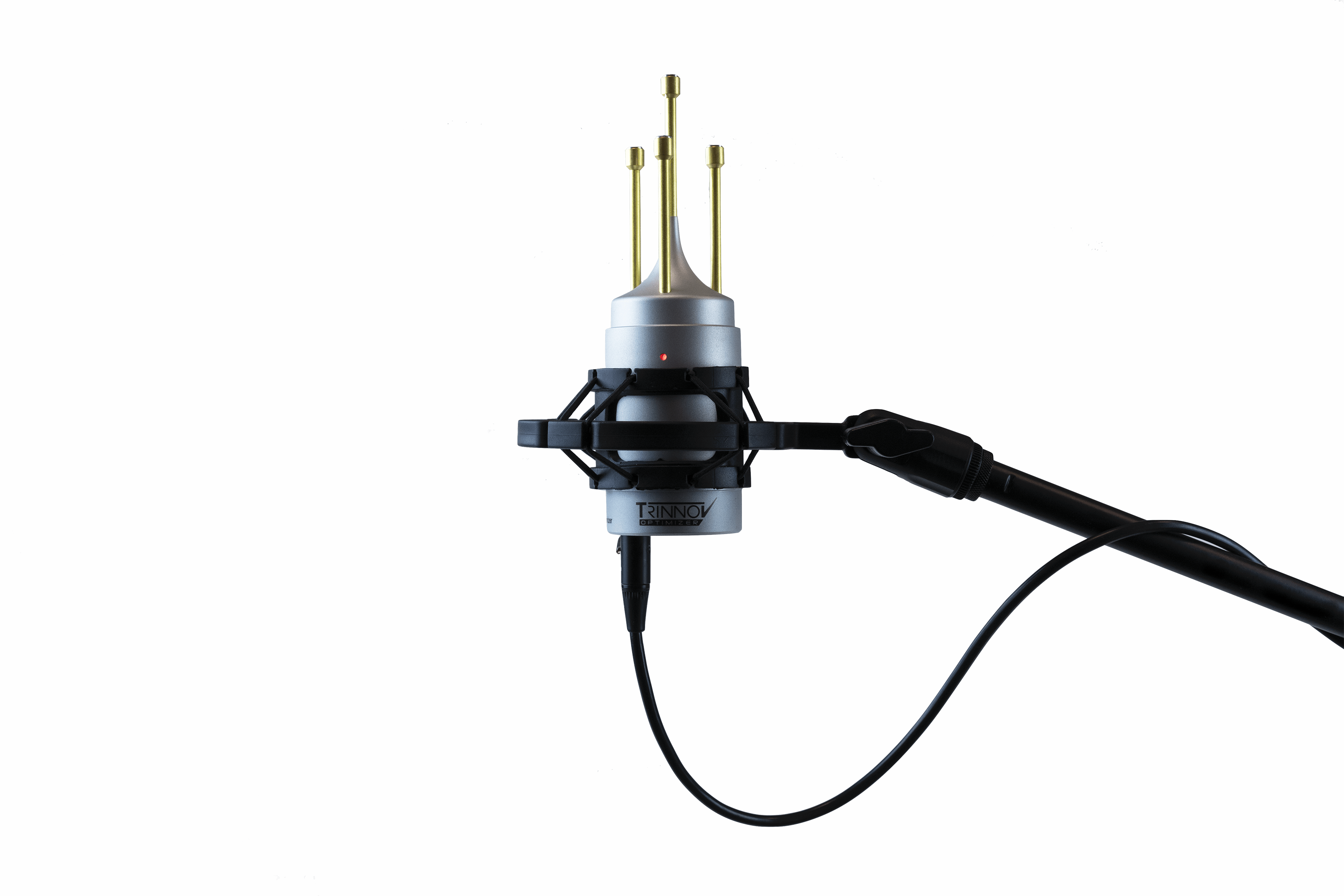Yes I use DSP and DRC to sew the system together seamlessly.
If you didn't use any DSP or DRC, what do you think your frequency curve would look like?
Yes I use DSP and DRC to sew the system together seamlessly.
If you didn't use any DSP or DRC, what do you think your frequency curve would look like?



I now understand the basis for your ad hominem attacks on amirm. I don't think that we need to discuss your views on him or ASR any further.First of all allow me to reveal my bias towards him. He banned me from ASR.
IMO he does not put any stock in subjective listening test
It just civer for his all to frequent hatchet jobs on products he feels do not follow his technical prejudice
He did a similar hatchet job on Marton Logan.
Some of the measurements that amirm posted for that speaker go over my head, like the Klippel Apparent Sound Power measurement that you referenced. I appreciate the thoroughness that he went to with the measurements, but I'm not well educated enough to know how to interpret some of them. They do, however, give me greater confidence in his conclusions about the product. Reading a typical sighted subjectivist equipment review that contains nothing more than flowery prose just doesn't inspire the same degree of confidence. I like measurements with my flowery prose...In the particular example you gave I wonder if the kippell system can measure a dipole in the nearfield as you need distance to resolve the rear wave cancelation and supporr frequencies ... not doubting they measure poorly but there would need to be very specific input and smart math to predict a farfield response .. in that case the room takes over anyhow.
Linkwitz measured outside and up high to remove reflections.
I recall magneplain never submitted for reviews that measured
Cheers
Phil
Ad hominem? Not at all. I regarded him as friend.I now understand the basis for your ad hominem attacks on amirm. I don't think that we need to discuss your views on him or ASR any further.
Some of the measurements that amirm posted for that speaker go over my head, like the Klippel Apparent Sound Power measurement that you referenced. I appreciate the thoroughness that he went to with the measurements, but I'm not well educated enough to know how to interpret some of them. They do, however, give me greater confidence in his conclusions about the product. Reading a typical sighted subjectivist equipment review that contains nothing more than flowery prose just doesn't inspire the same degree of confidence. I like measurements with my flowery prose...
WorseIf you didn't use any DSP or DRC, what do you think your frequency curve would look like?
Only in the bass and only if the top end completely bypasses any singnal processor - ie you need a bi-amping system with DSP only appled in the bass amp.after EQ, the sound quality is always improved considerably.
Worsea normal room screw up any FR in SS, no matter what speaker you use. Most compression driver tweeters needs EQ because of the mass roll off, in the bass we all know what problems we are fighting. Very uneven FR below the transition frequency is the norm and I can't stand it, especially when you are used to an nice and even in-room FR. As long one know what to correct, then after EQ, the sound quality is always improved considerably.
Soundstage depth or width, in short is related to direct vs reflected sound, speaker directivity, off-axis FR. Different mix of direct vs reflected sound, will give another subjectively presentation of soundstage, depth and width.Can't measure soundstage depth or width. Can't measure dynamics (and no, it's not the step response)
For dynamics it gets more complicated, but it can be translated into measurements and no step response would be true time alignment aka distance and phase.
Our hearing mechanism interprets dynamics more as transients response, or that would be the hifi systems (mostly speakers) ability to reproduce transients. REW and a mic will show it on a decay plot, the better system will have a cleaner, faster early decay. You would also be able to see it on distortion and compression analysis. A big speaker with high efficiency, will sound more realistic and dynamic, compared to a small 2-way standmount, even if they had the same FR, due to less distortion and compression. Let me point out that dynamics has nothing to do with SPL per se.Can you elaborate ?
Soundstage depth or width, in short is related to direct vs reflected sound, speaker directivity, off-axis FR. Different mix of direct vs reflected sound, will give another subjectively presentation of soundstage, depth and width.
Speakers with controlled directivity to under 300 Hz or so, gives more clarity and a better defined physical and separated presentation. Even off-axis FR gives a better imaging, while a wider sound pattern (most speakers), gives a wider panorama and spatial feeling.
For dynamics it gets more complicated, but it can be translated into measurements and no step response would be true time alignment aka distance and phase.
The mic used to setup a Trinnov Altitude pre/pro can tell the direction of a sound -I know that, hence I made my point about inferring performance from indirect measurement. A wide, smooth radiation pattern is more likely to give you a wide soundstage and depth, however the speaker is only half of the equation. The other unknown is the interaction between the speaker and the room. Any reflected sound arriving at your ears above 40ms will be perceived as an echo or reverb (Haas effect). The spectral content, amplitude, delay, decay, and direction of the reflection is important. The Spinorama ONLY helps you predict the spectral content and none of the others. Sure, you can measure reflections with a microphone, but you can not determine the direction of the reflections - at least without going through a lot of trouble. My mic is an omni (Earthworks M30) and it might be possible to measure directions if I put some waveguide around it and pointed it at different directions? I have never seen or heard of anybody doing this however.
I was wondering how to measure dynamics hence I started a thread on ASR asking this question. Perhaps it might be a reflection of the people who saw the question and answered it, but my take-away from that thread is that there is no way to measure it? I thought that was strange, because it is a physical property that should be measurable.

Thanks.Our hearing mechanism interprets dynamics more as transients response, or that would be the hifi systems (mostly speakers) ability to reproduce transients. REW and a mic will show it on a decay plot, the better system will have a cleaner, faster early decay. You would also be able to see it on distortion and compression analysis. A big speaker with high efficiency, will sound more realistic and dynamic, compared to a small 2-way standmount, even if they had the same FR, due to less distortion and compression. Let me point out that dynamics has nothing to do with SPL per se.
I would also say that speaker directivity comes into play, because it affects what happens to the signal in time, due to how the reflected sound adds to the original signal. If there is less early reflections, the transient will be more precise and the leading edge of the signal (musical notes) will start and stop more quickly with less smearing of the sound. I'm sure there is (a lot) more to the subject, but that is my initial thoughts.
You can't with a frequency sweep, but pink noise and RTA measurement would probably be the way to go. Squarewaves could also be used, I recon. But how is this related to dynamics?How do you evaluate with a frequency sweep the ability of a driver to handle quasi simultaneously a wide range of frequencies?
You can't with a frequency sweep, but pink noise and RTA measurement would probably be the way to go. Squarewaves could also be used, I recon. But how is this related to dynamics?
I find it logical that speaker efficiency comes into play. Horns and line arrays are normally perceived as dynamic speakers, they typically have low distortion and compression.
About how we measure it, I still stand by my reasoning in post #194. Of course there could be other ways to do it, but I haven't figured it out (yet). Someone grab the ball.
| Steve Williams Site Founder | Site Owner | Administrator | Ron Resnick Site Owner | Administrator | Julian (The Fixer) Website Build | Marketing Managersing |







